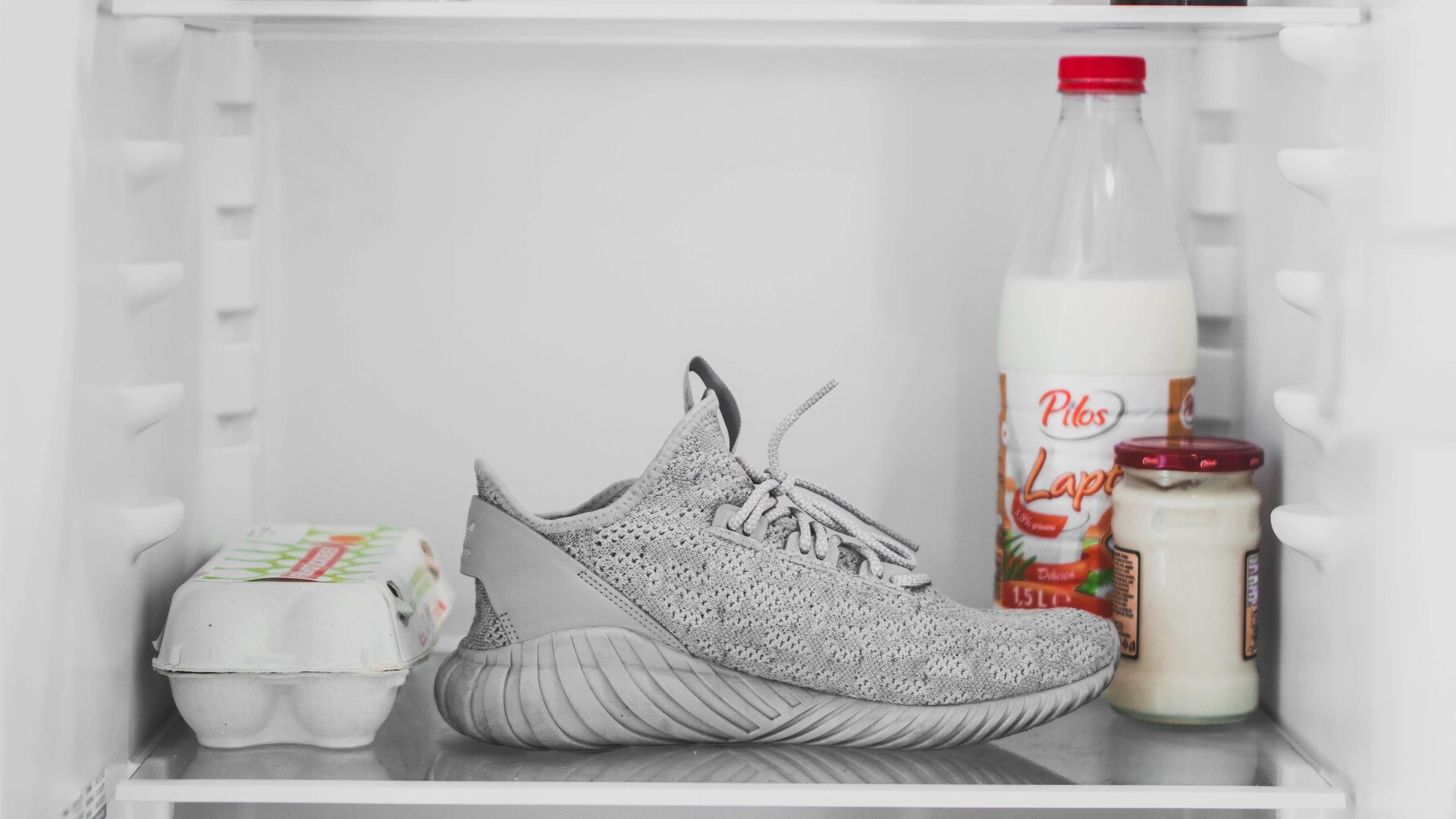Move Over Baking Soda, There’s Something Better For Fridge Smells
I feel so worried about so many things right now, but very specifically, I feel very worried about the state of your refrigerators.

I feel so worried about so many things right now, but very specifically, I feel very worried about the state of your refrigerators.
Suggested Reading
I’m also kind of excited about the state of your refrigerators because, while I hate the reason it’s happening and the effect it’s having on the food service industry, I think that cooking more of our own meals at home is a good thing. The same goes for getting better at grocery shopping (yup, it’s a skill!), figuring out how to keep a well-stocked pantry and freezer, and being more mindful about food waste.
Related Content
But with all that at-home cooking comes a new set of problems, some of which we’ve already taken on in this space.
One thing I haven’t told you about is this one miracle product for keeping odors in the refrigerator at bay. Nope! It’s not baking soda! Funny thing about baking soda, actually ... it’s great at a lot of things. You can use it to rage clean your pots and pans to a shine! It’s a fantastic leavener for beer bread! — but it’s not actually all that great at odor elimination.
I could go into all the science behind why baking soda isn’t that great at odor elimination but also I can hear you out there like, “Oh my God, Jolie, tell us what this miracle product is! The suspense is killing us!”
So right, right here it comes: The miracle product is activated charcoal.
Here are a few things to know about activated charcoal: The first is that it goes by a few aliases. Why that is, I do not know, but in my mind, it has something to do with activated charcoal having a shady criminal past. ANYway! The aliases are active charcoal, activated carbon, and active carbon. Now you know that those are all the same thing.
The other thing to know about activated charcoal is that it comes in a few formats. The most common one is sachets of bagged up loose charcoal, which are perfect for stashing in closets, drawers, laundry hampers, gym bags, cars, and, of course, the refrigerator to eliminate smells as they happen.
Active charcoal can also be found in brick form; the main advantage the bricks have over the sachets is that if they get wet they won’t turn into a soggy, sodden mess. Therefore, they’re probably a better choice for the fridge than sachets — though both are fine, one is just finer than the other.
You can also buy loose activated charcoal and decant it into bowls or make your own sachets with it. The advantage of this is mostly in cost savings, though it is also nice to have the option to use it in more than one way.
Another good thing to know about loose activated charcoal is that its efficacy lasts for a long, long time AND it can be “recharged” by placing it in sunlight when it starts to lose its odor-absorbing abilities.
And finally, activated charcoal is a feature you’ll want to look for in air purifiers/smoke eaters — it’s safer than ozone and more effective at eliminating smells than circulation and filtration alone.
Before we wrap this up, a reader mentioned this air purifier in the comments of last week’s column about air fresheners that actually work, and so I pass it along to you should you still be in the market for such a unit:
